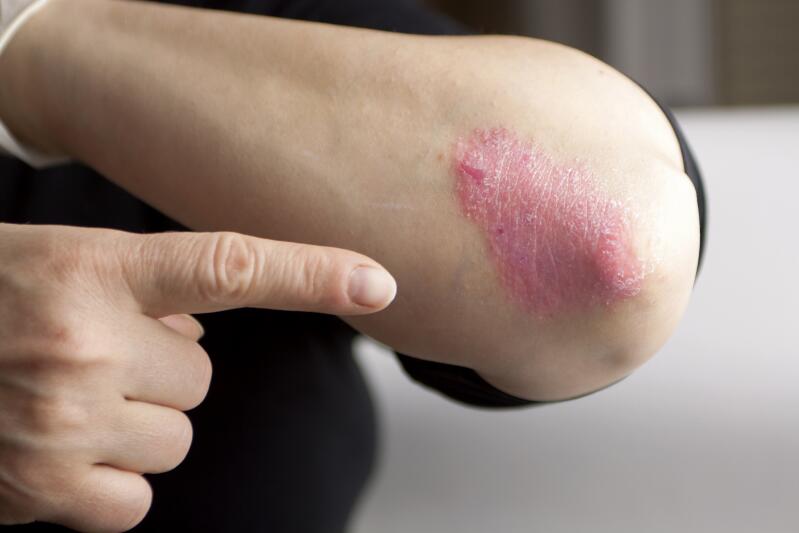-
Your concerns
Our articles to help you gain a better understanding
-
Our solutions
-
DUCRAY Dermatological Laboratories
Our articles to help you gain a better understanding

Plaque psoriasis is the most common form of psoriasis, accounting for about 80% of all cases.
It is sometimes called vulgar psoriasis. The clinical signs of plaque psoriasis are essentially red plaques, covered with small fragments of dead skin called scales, resulting in plaques that are red in appearance underneath and white on top. These plaques are thick and rough to the touch and they are generally symmetrical on the left and right. The areas most often affected by this type of psoriasis are those subject to friction such as the elbows, knees, lower back and legs, as well as the scalp, nails and face, etc.
In plaque psoriasis, the main feeling reported by patients is the severe itching caused by the plaques and sometimes by the skin around them. Between 70 and 80% of patients experience itching, and while some patients do not, these plaques can still bother them, causing sensations of discomfort, tightness, heat and so on.
The severity of plaque psoriasis varies greatly from person to person: among the criteria for distinguishing severe psoriasis from less severe psoriasis is obviously how widespread the plaques are, but also how the person feels about them. Sometimes, a patient has psoriasis but it "doesn't bother them". Perhaps it has been in the family for years or even decades, and they have got used to it. And then, sometimes a patient with less visible, less widespread psoriasis will say that it is "ruining their life". Other people staring becomes unbearable, the scales are intolerable...
Being able to put your feelings into words is essential to learn to live better with the disease on a daily basis. The disease's impact on quality of life is also a criterion which guides dermatologists’ decisions about therapeutic treatment.
Psoriasis-prone skin